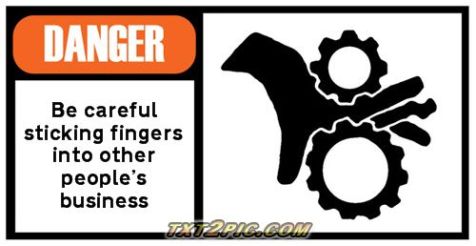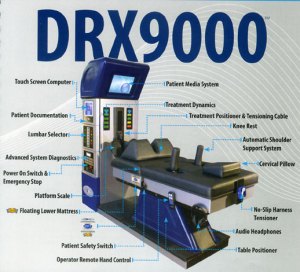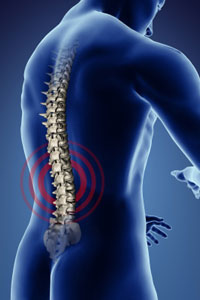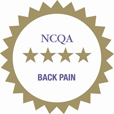
Vegetarian eggs
I don’t care what you eat. I really don’t. If you’re one of those people who is on the doughnut and bacon double cheeseburger plan to ensure an early path to heart disease, that’s fine with me. It’s a choice you are allowed to make and I honor that. Seriously.
I also couldn’t care less about your freaking shoes. Leather? Plastic? Paper? Whatever. Okay, so I did join a Facebook group called “I don’t care how comfortable they are, you look like a dumbass in Crocs” but it’s really not a big deal to me. It’s not like I started the group — I just thought it was funny. So, I’m certainly not going to get all uppity about killing a cow for footwear. In fact, I got some pretty harsh looks from that pale chick who works in the health food grocery the other day. I kind of went in to shop wearing my black leather jacket and leather shoes. She scowled at me like the cow was still attached and I was dragging it along the aisles behind me. Moooo. Listen up: leather is a fine product and wears a whole lot better than clothing from Wal*Targ that feels like it’s made of cheese.
Oh, so speaking of cheese, have you noticed that milk is not a vegetable? Yeah, I hate to be the one to burst your balloon, but it’s true. I only bring this up since after reading The China Study, my wife and I have eaten only a vegan diet. If you don’t know the difference between vegan and vegetarian, here it is:
A vegan diet is one of only plant based foods with no animal products.
A vegetarian is the same thing except they think milk, eggs and sometimes fish are plants.
I don’t care if someone chooses to be a vegetarian or vegan or pescatarian or Episcopalian. This is not a rant about hypocrisy. It’s a rant about why the hell is there cheese and eggs in vegetarian products? Why can’t I pull a prepared thing out of my friendly grocer’s freezer that is labeled “vegetarian” (like veggie sausage) only to find it is made with milk and eggs? When did cow’s milk and chicken embryos become vegetables? If my kids plant a fish upside down in the dirt am I going to get a minnow tree?
There should be a different labeling system for products that are non-meat but still contain animal products like dairy. Vegetarian is a lousy term for that. How about “Non-Meat”? “Veggie but Cheesy”? “Eggful Veg”? Got a better term? According to my son, the best description is “Made from Things That Poop” and “Not Made From Things That Poop.” Okay, I’m cool with that.
Brett L. Kinsler is a chiropractor in Rochester, NY who keeps his vegan Star Wars lunchbox right next to his leather jacket. Clinic website: www.rochesterchiro.com


 Some of my more outspoken opinions (who, moi?) on topics like decompression and autism have sparked an interesting debate that is being held mostly by private email. Without naming names and pointing fingers, I would like to hear what you think…
Some of my more outspoken opinions (who, moi?) on topics like decompression and autism have sparked an interesting debate that is being held mostly by private email. Without naming names and pointing fingers, I would like to hear what you think…





 nipulation, standard medical care or other less expensive conservative treatment options which have an ample body of research demonstrating efficacy. How the practitioners can get away with claiming any superiority and not be restrained from doing so is a mystery to me.
nipulation, standard medical care or other less expensive conservative treatment options which have an ample body of research demonstrating efficacy. How the practitioners can get away with claiming any superiority and not be restrained from doing so is a mystery to me.
